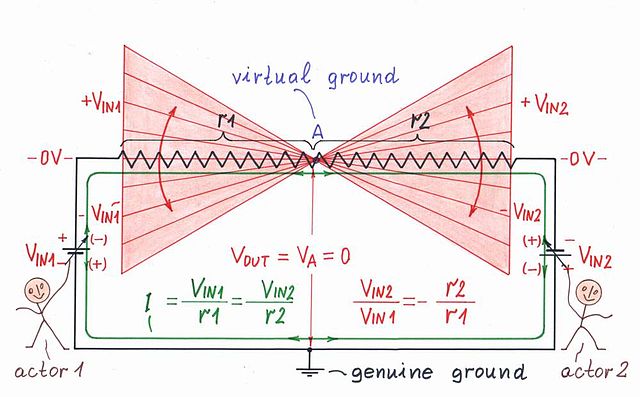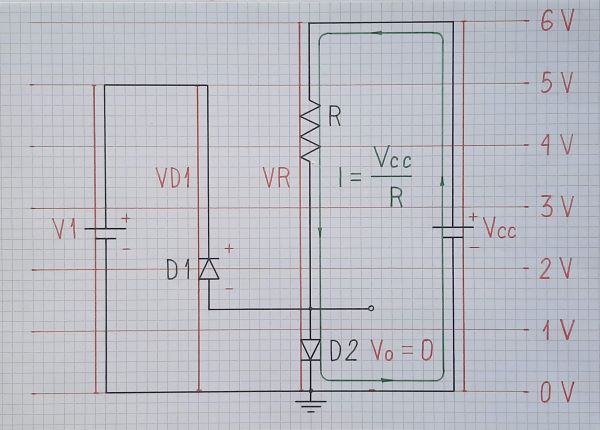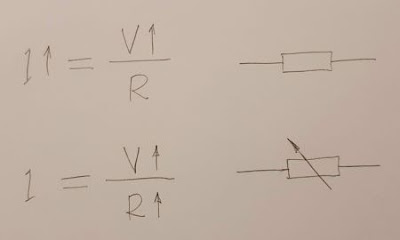Amplification and bias point
This is my answer to SE EE question Amplification and bias point . My answer I will answer only the first part of your first question because it is very fundamental and deserves special attention: "Can the amplified voltage exceed the power supply voltage...?" The answer is simple: The amplified voltage cannot exceed the supply voltage because it is a part of it. Literally speaking, the "voltage amplification" is not an amplification; it is an attenuation. It is just a clever trick with which we get an output voltage that is proportionally higher ("amplified") than the input voltage. How is this done? Amplifier stages are voltage dividers controlled by the input voltage and powered by a higher (supply) voltage. They are implemented by so-called "active elements" (transistors) which in fact are voltage-controlled "resistors". So, when the small input voltage slightly varies, the output voltage significantly varies from zero to the s




